Table of Contents
Introduction to Dill and Dill Seed
When it comes to culinary herbs, fresh dill and dill seed are often confused—but they're not interchangeable. While both come from the same plant (Anethum graveolens), fresh dill delivers a bright, citrusy flavor perfect for delicate dishes, while dill seed offers an earthy, robust taste ideal for pickling and slow-cooked meals. This guide explains exactly how to tell them apart and use each for maximum flavor.
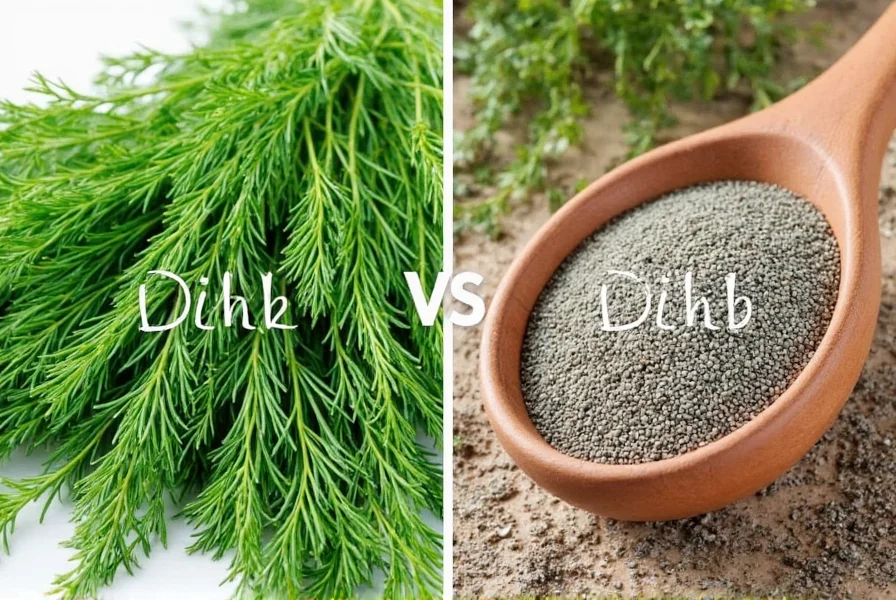
Flavor Profiles: How They Differ
One of the most important distinctions between dill and dill seed is their flavor profile. Fresh dill contains higher levels of volatile compounds like carvone and limonene, giving it a bright, slightly sweet, and grassy aroma with hints of anise and citrus. It's often described as light and refreshing, making it perfect for delicate dishes like fish, soups, and salads.
Dill seed, on the other hand, has a more intense, earthy, and slightly bitter flavor due to higher concentrations of carvone and other essential oils. It's reminiscent of caraway or fennel but with a unique depth that pairs well with hearty dishes like stews, pickles, and breads. Professional chefs often toast dill seeds to enhance their flavor before using them in spice blends like garam masala and Indian curries.
| Feature | Dill | Dill Seed |
|---|---|---|
| Flavor | Citrusy, grassy, slightly sweet | Earthy, nutty, slightly bitter |
| Aroma | Lively, fresh | Energetic, pungent |
| Texture | Fresh, tender | Hard, crunchy |
Usage in the Kitchen: When to Use Each
Knowing when to use dill versus dill seed can transform your cooking. Here's a quick guide:
- Dill: Best used fresh in cold dishes like tzatziki, salads, and seafood. Add it at the end of cooking to preserve its delicate flavor. It also works well in sauces, marinades, and as a garnish for soups.
- Dill Seed: Ideal for slow-cooked dishes, pickling, and baking. Toast the seeds lightly before use to release their oils, then add them early in the cooking process for maximum flavor. They're commonly used in breads, stews, and spice blends.
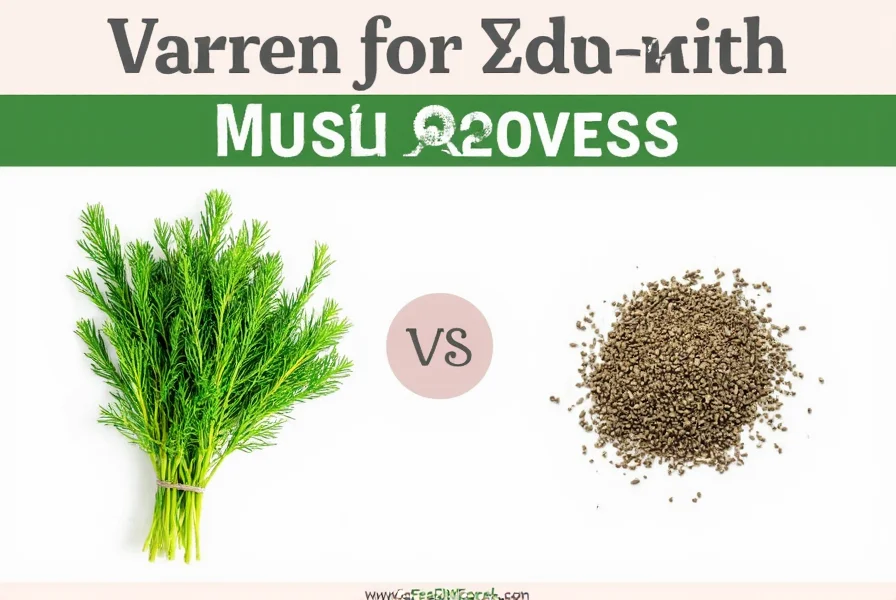
| Dish | Ingredient Used |
|---|---|
| Scandinavian Cucumber Salad | Dill |
| German Pickled Cucumbers | Dill Seed |
| Indian Chutney | Dill Seed |
| Herbed Butter | Dill |
Buying Guide: How to Choose the Best Dill or Dill Seed
Whether you're shopping for fresh dill or dill seeds, there are a few key things to look for to ensure you get the best quality:
For Fresh Dill
- Look for vibrant green leaves without any yellowing or wilting.
- Check for a fresh, aromatic scent. If it smells musty or dull, it may not be fresh.
- Choose bunches with sturdy stems, which indicate freshness.
- For best results, store in the refrigerator wrapped in a damp paper towel to maintain peak freshness for up to 7 days.
For Dill Seeds
- Select seeds that are uniform in size and color, ranging from light brown to golden.
- Avoid seeds that are broken or discolored, as they may have lost their potency.
- Opt for whole seeds rather than ground if you want to retain maximum flavor and shelf life.
- Store in an airtight container away from heat and moisture to preserve essential oils for up to 1 year.
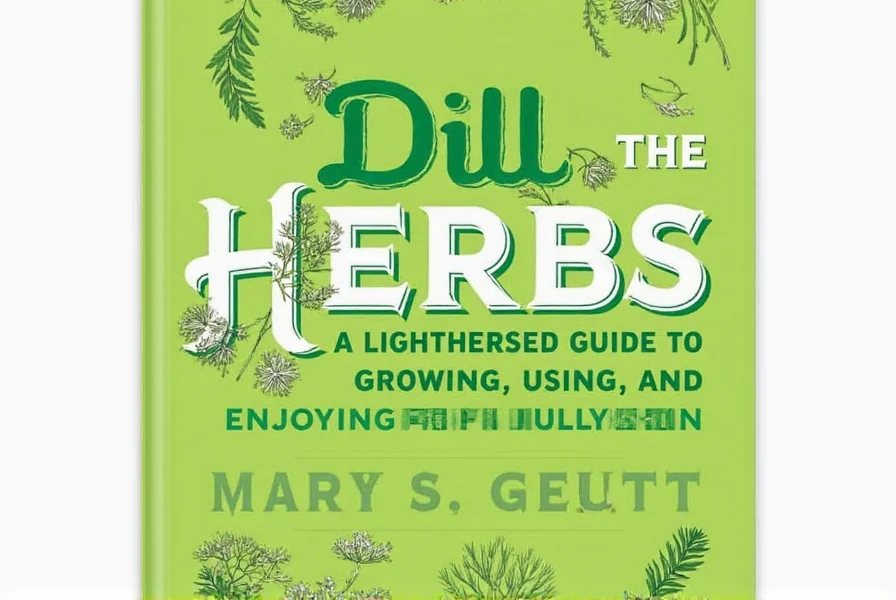
Recommended Products
- Organic Fresh Dill – Ideal for salads, dips, and seafood dishes. Look for pesticide-free options to ensure purity.
- Whole Dill Seeds – Perfect for pickling, baking, and spice blends. Offers robust flavor and extended shelf life.
- Dill Seed Mix – A convenient blend of dill seed and complementary spices for quick recipe integration.
Practical Tips for Using Dill and Dill Seed
Here are expert tips to maximize flavor and freshness:
- Use fresh dill at the end of cooking to preserve its delicate flavor. Add it to dishes just before serving for maximum aroma.
- Toast dill seeds in a dry pan for 30-60 seconds to release their essential oils and enhance nutty notes.
- Pair dill with yogurt-based sauces like tzatziki or raita for a creamy, tangy finish that balances richness.
- Experiment with dill seed in breads and pastries for a subtle, earthy note that complements whole grains.
- Store fresh dill like fresh flowers by placing stems in a glass of water and covering loosely with a plastic bag for extended freshness.
- Keep dill seeds in a cool, dark place to prevent oxidation and maintain potency longer than refrigerated storage.
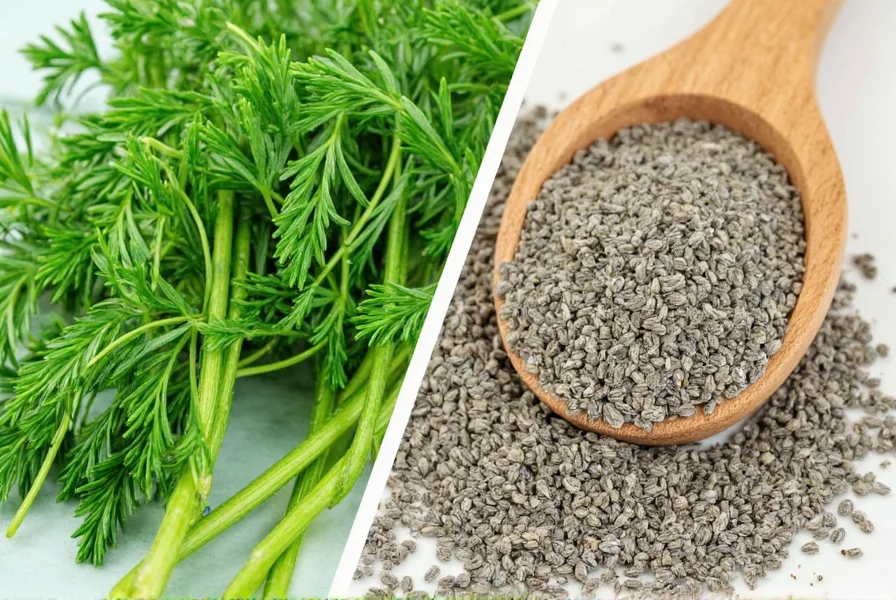
Frequently Asked Questions About Dill and Dill Seed
Here are answers to common questions from home cooks and professional chefs:
Can I substitute fresh dill for dill seed in recipes?
No, fresh dill and dill seed have fundamentally different flavor profiles and cannot be directly substituted. Fresh dill has a light, grassy flavor that dissipates quickly with heat, while dill seed has a concentrated, earthy taste that intensifies during cooking. Using dill seed in place of fresh dill will result in an overpowering, bitter flavor, and vice versa. Always follow recipe-specific instructions for best results.
Are dill and dill seed from the same plant?
Yes, both come from the same plant (Anethum graveolens). Fresh dill refers to the feathery leaves harvested before flowering, while dill seed comes from the mature seed pods that form after the plant flowers. The seeds develop when the plant is allowed to go to seed, creating two distinct ingredients from a single source.
Which has stronger flavor - dill or dill seed?
Dill seed has a significantly stronger, more concentrated flavor than fresh dill due to higher levels of essential oils. This is why dill seed is typically used in smaller quantities (1/4 to 1/2 teaspoon per serving) for pickling and spice blends, while fresh dill can be used more liberally (1-2 tablespoons per serving) in salads and seafood dishes without overwhelming the dish.
How should I store fresh dill to keep it fresh?
For optimal freshness, store fresh dill in the refrigerator wrapped in a damp paper towel and placed inside a sealed plastic bag. Alternatively, treat it like fresh flowers: place stems in a glass of water (like a bouquet) and cover loosely with a plastic bag. This method keeps it crisp for up to 7 days, preserving both flavor and color.
Can I grow my own dill and collect the seeds?
Absolutely! Dill is easy to grow in most climates. Allow the plant to flower naturally, then wait until seed heads turn brown and dry. Harvest by cutting the seed heads and placing them in a paper bag for 1-2 weeks to dry completely. Shake the bag to release seeds, then store in an airtight container. Homegrown seeds often have superior flavor compared to store-bought options.
What are the nutritional differences between dill and dill seed?
Both offer unique nutritional benefits. Fresh dill is higher in vitamin C (14mg per cup) and vitamin A (189IU per cup), supporting immune health and vision. Dill seed contains more fiber (3.5g per tablespoon), iron (1.2mg per tablespoon), and calcium (90mg per tablespoon), making it valuable for digestion and bone health. Dill seed is also more calorie-dense due to its concentrated nature.
Can I make dill weed from dill seed?
No, dill weed refers exclusively to the fresh or dried leaves of the dill plant, not the seeds. Dill seed cannot be converted into dill weed—it's a different plant part with distinct chemical composition. Attempting to substitute one for the other will alter the dish's flavor profile significantly. Always use the specific form called for in recipes.
Conclusion
In summary, fresh dill and dill seed are not interchangeable ingredients but complementary elements of the same plant. Fresh dill brings a bright, herbaceous note to delicate dishes when added at the last minute, while dill seed provides deep, earthy complexity to slow-cooked meals and pickling brines. Understanding their distinct properties allows you to elevate any recipe with precision.
Next time you cook, consider the specific role each plays: use fresh dill for vibrant freshness and dill seed for robust depth. With this knowledge, you'll unlock the full potential of these versatile ingredients in every dish you create.
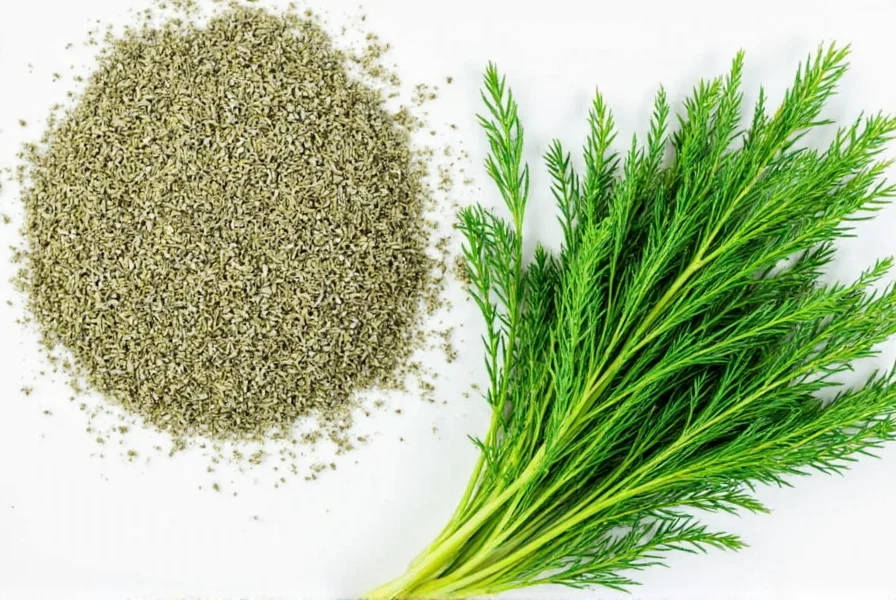
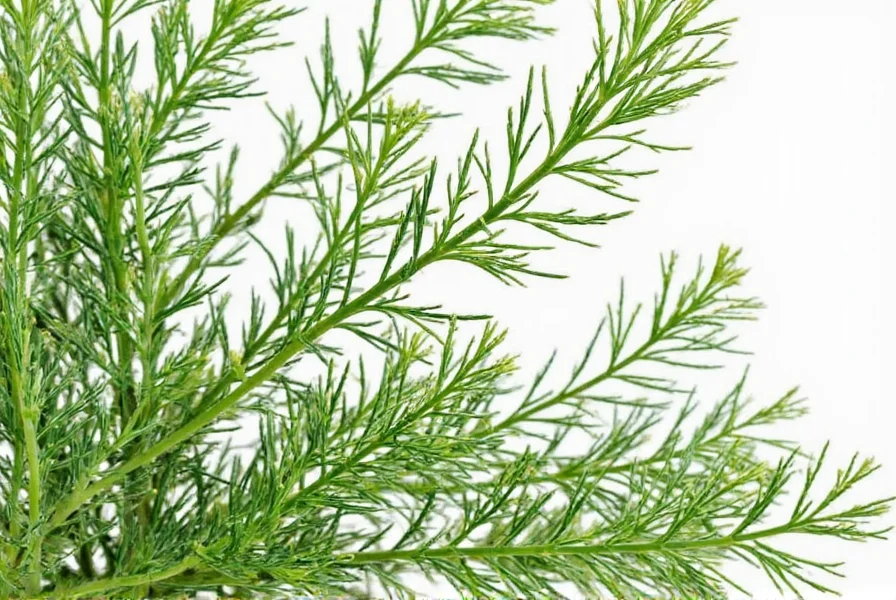
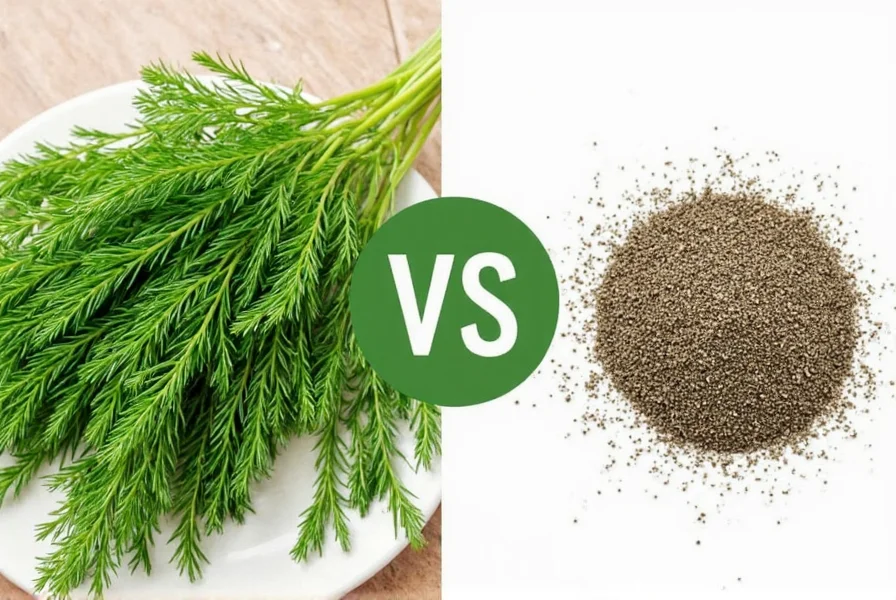

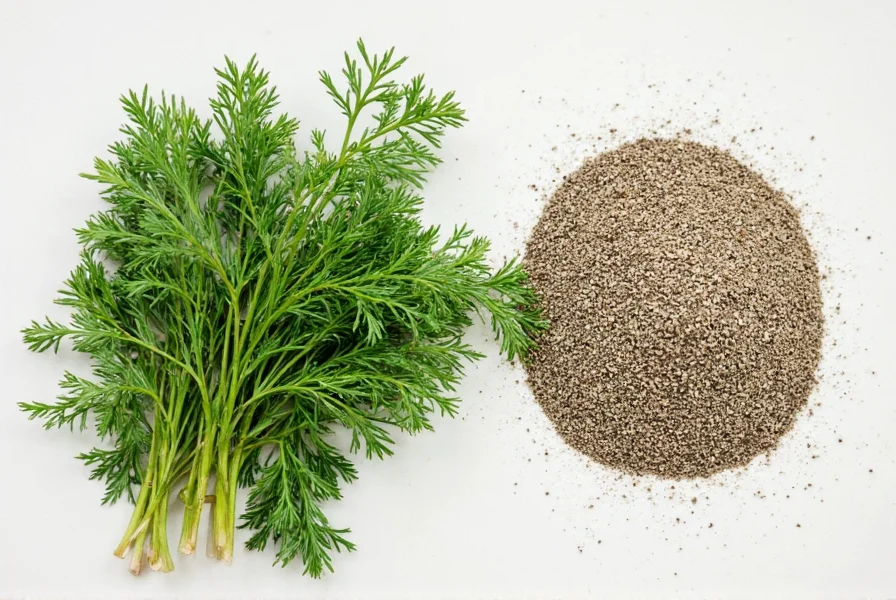









 浙公网安备
33010002000092号
浙公网安备
33010002000092号 浙B2-20120091-4
浙B2-20120091-4